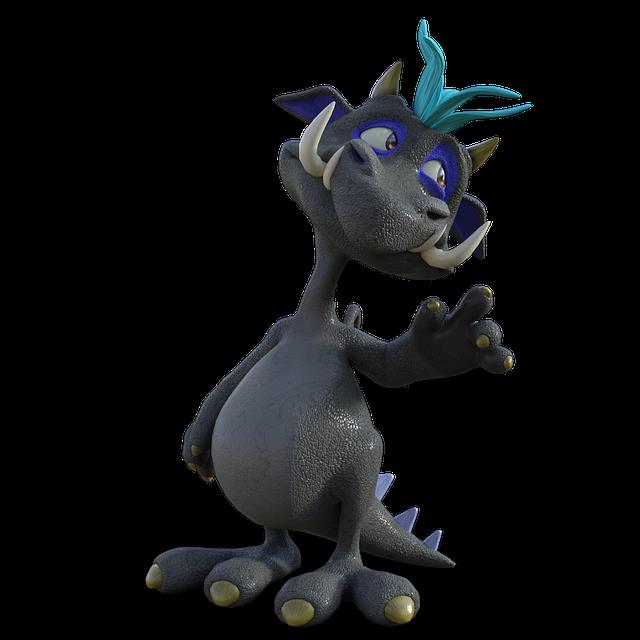
In the dynamic realm of digital comic book art, certain thematic trends shape the narrative landscape. From supernatural entities to dystopian futures, these themes reflect societal concerns, historical events, and humanity's timeless myths.
This article explores the top ten themes prevalent in digital comic art, tracing their roots and significance in this innovative medium.
Engage with us on this artistic journey, as we delve into the intricate interplay between art, narrative, and digital techniques.
Exploring the Popularity of Supernatural Themes in Digital Comic Art
Drawing from a rich well of myth, legend, and fantasy, supernatural themes have increasingly become a popular choice among digital comic artists, creating a captivating realm of storytelling.
These themes typically feature supernatural symbolism, enriching the narrative and adding depth to the characters and plotlines. Ghostly narratives, for instance, often utilize symbols associated with darkness, the afterlife, and spiritual realms to create an eerie, mysterious atmosphere. The digital medium allows for unique visual effects that further enhance these themes, such as ethereal glows and spectral blurs.
Additionally, the use of digital techniques enables artists to push boundaries and innovate, appealing to an audience that craves novel and exciting experiences.
The surge in popularity of supernatural themes demonstrates how digital comic art continues to evolve and redefine its storytelling methods.
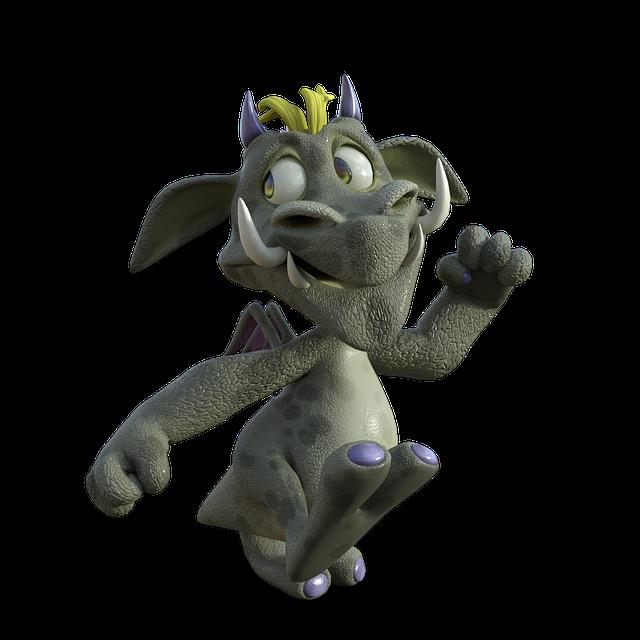
The Role of Dystopian Futures in Modern Comic Book Art
In the vast landscape of modern comic book art, dystopian futures serve as a compelling canvas for artists and storytellers alike. The poignant impact of dystopian imagery and narratives set in these bleak futures often resonate with contemporary societal concerns, challenging both the creators and readers.
As digital techniques evolve, they enable more intricate and immersive representation of these dystopian realities, revolutionising the aesthetics of comic art.
Dystopian Imagery Impact
The depiction of dystopian futures plays a pivotal role in shaping narratives and visual aesthetics in modern comic book art. Dystopian symbolism and post-apocalyptic aesthetics are notably used to convey the grim reality of such futures, enhancing the reader's emotional engagement. These elements create a visual language that echoes the underlying socio-political commentary prevalent in these narratives.
Digitally enhanced illustrations further amplify the impact, rendering stark landscapes and desolate cities with a precision that traditional techniques might struggle to match. The dystopian imagery not only serves to visualize the story's setting but also acts as a metaphorical representation of the narrative's themes and conflicts.
Thus, in the realm of digital comic book art, dystopian futures contribute significantly to the thematic richness and visual dynamism.
Narratives in Dystopian Futures
Through the lens of dystopian futures, modern comic book art explores complex narratives, presenting a profound critique of society's potential downfalls. The post-apocalyptic aesthetics often employed in these visual narratives hold a mirror to our growing technological dependence, questioning the potential consequences of our relentless pursuit of innovation.
The stark, often desolate landscapes serve as a canvas for exploring themes of survival, resilience, and the very essence of humanity. These narratives draw from the canon of classic dystopian literature while also employing modern digital techniques to create striking, immersive visuals.
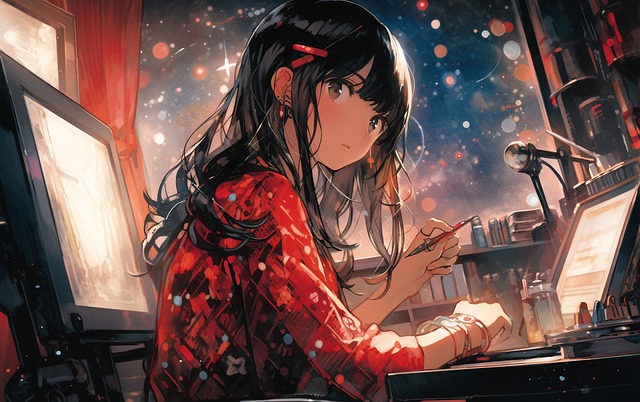
The merging of traditional storytelling with cutting-edge illustration technology epitomizes the evolution of comic book art, cementing its relevance and impact in the 21st century.
Evolving Artistic Techniques
Modern comic book art leverages evolving artistic techniques. The role of dystopian futures within this medium highlights a trend towards digital innovation, resulting in visually captivating, thought-provoking narratives.
Artistic software has become a crucial tool. It allows artists to experiment with texture, color, and lighting to create hyper-realistic or stylized representations of dystopian futures. The increased use of digital platforms has not only expanded the possible range of visual storytelling but also transformed the traditional comic book art landscape.
Dystopian themes serve as a fertile ground for this exploration. They compel artists to push boundaries and readers to engage with complex, often unsettling visions of the future. Thus, the evolution of artistic techniques is intrinsically tied to the portrayal of dystopian futures in modern comic book art.
Romance and Relationships: A Key Theme in Digital Comic Art
Delving into the realm of romance and relationships often brings out the emotional depth and complexity in digital comic book art. The theme is a testament to the diversity of human connection, explored through intricate relationship dynamics.
Romantic symbolism, utilizing digital techniques, is often employed to visually represent these concepts. For example, contrasting colors could symbolize the passionate yet tumultuous nature of a love story, while intricate patterns might depict the complexity of interpersonal relations.
Furthermore, the evolution of digital art has enabled artists to express such themes more vividly, enhancing the reader's emotional engagement.
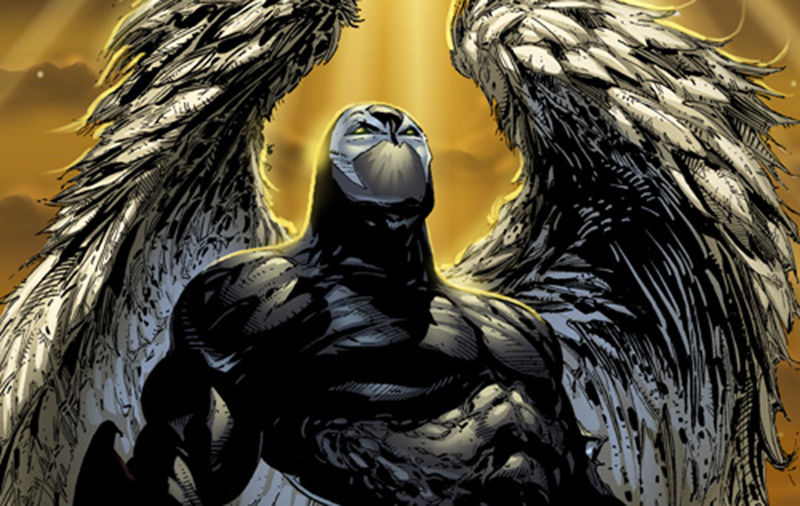
Ultimately, the theme of romance and relationships serves not only as a narrative tool but also as a vehicle for artistic expression and innovation in digital comic book art.
The Influence of Mythology on Contemporary Comic Book Art
The influence of mythology on contemporary comic book art is vast. It provides a rich tapestry of narratives, characters, and themes for artists to interpret through their work.
The manifestation of ancient myths in modern comics not only helps revive these age-old tales, but also breathes new life into them with innovative digital art styles.
This fusion of traditional mythological elements with cutting-edge digital techniques has resulted in a unique genre of comic book art that is both nostalgic and contemporary.
Mythology in Modern Comics
Drawing from ancient tales, contemporary comic book art has been significantly influenced by various mythologies. Heroic archetypes and cultural influences are particularly prominent in shaping the narratives and visual aesthetics of modern comics.
Heroic Archetypes: These universal patterns inspire the creation of compelling protagonists. Characters like Thor and Wonder Woman embody traditional heroic traits rooted in Norse and Greek mythologies respectively.
Cultural Influences: They enhance the depth and authenticity of narratives. Marvel's Black Panther, for instance, draws heavily from African mythology.

Digital Techniques: New-age tools enable artists to illustrate mythological elements with stunning detail, enhancing their impact.
Innovative Interpretations: Contemporary comics innovate by reimagining classic mythological figures in modern contexts, promoting fresh perspectives.
Mythology continues to shape the evolution of comic book art, providing a rich tapestry of inspiration for artists.
Myth-inspired Art Styles
A significant number of contemporary comic book artists utilize myth-inspired art styles, demonstrating the enduring influence of mythology on this dynamic medium. These artists skillfully weave ancient symbolism into their work, creating a fusion of the old and new.
The digital techniques they employ not only amplify the visual impact but also allow for the precise rendering of intricate designs and symbols. When we delve into the layers of these artworks, the cultural adaptations become evident.
The pantheon of gods from various mythologies, for instance, are often reimagined in new avatars, reflecting contemporary socio-political contexts. This innovative intertwining of myth and modernity underscores the power of comic book art as a means of storytelling, cultural expression, and exploration of timeless themes.
Humor and Satire: A Recurring Theme in Digital Comic Art
Often, humor and satire emerge as powerful tools in the realm of digital comic art, inviting the audience into a world that mirrors our own, yet is punctuated with a touch of whimsy and sharp social commentary. Satirical perspectives and comic irony not only infuse the narrative with levity but also provide implicit social critique.
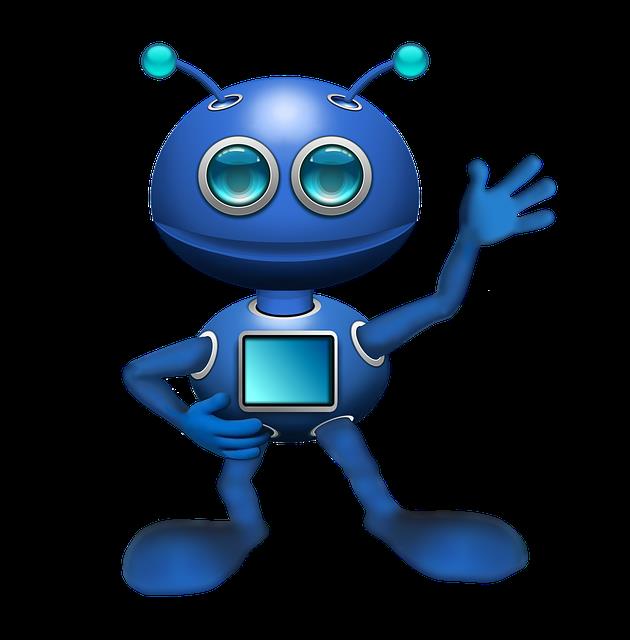
Caricatures: Exaggerated character features to emphasize personalities or flaws.
Parodies: Imitation of popular culture or political events with humorous twists.
Sarcasm and Irony: Used to subtly criticize or expose contradictions.
Absurdity: Surreal scenarios that challenge conventional wisdom or norms.
These techniques allow artists to push boundaries and challenge norms, stimulating innovation through comic art. The blend of humor and satire in digital comics underscores their transformative potential, offering fresh perspectives on familiar themes.
Unraveling the Mystery and Crime Themes in Comic Art
In the diverse universe of digital comic art, the enigmatic allure of mystery and crime themes has consistently captivated audiences. These narratives often weave a complex web of intrigue, suspense, and moral dilemmas.
Pivotal to this genre's appeal is the detective symbolism, a recurrent motif that anchors the narrative and offers subtle cues to the unfolding mystery. The noir influence further enhances this genre, adding a gritty realism and a dark, moody aesthetic that echoes the inherent tension of crime stories.
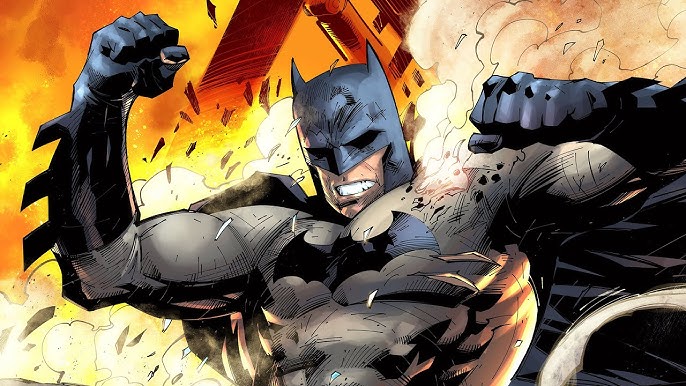
The digital medium has allowed artists to push these themes further, utilizing innovative techniques to create deeper shadows, more expressive faces, and more dynamic compositions. Coupled with the genre's rich narrative potential, this makes mystery and crime themes a mainstay of digital comic art.
Understanding the Impact of Historical Themes in Digital Comics
While the digital realm has opened up new avenues for experimentation in comic art, it has also amplified the potential of historical themes, creating a profound impact on the storytelling and aesthetics of this medium. This impact is witnessed in four significant ways:
Historical accuracy: Digital techniques allow artists to accurately depict historical settings, costumes, and artifacts, enhancing the narrative's authenticity.
Representation diversity: Digital comics have broken traditional barriers by representing diverse cultures and epochs, fostering inclusivity.
Dynamic storytelling: Historical themes, combined with digital artistry, have culminated in rich, multi-layered narratives that engage readers on multiple levels.
Innovation in aesthetics: Digitization has enabled artists to innovate, morphing historical themes into unique styles that captivate the reader's imagination.
In essence, digital comics have revolutionized the portrayal of historical themes, enhancing the audience's immersive experience.
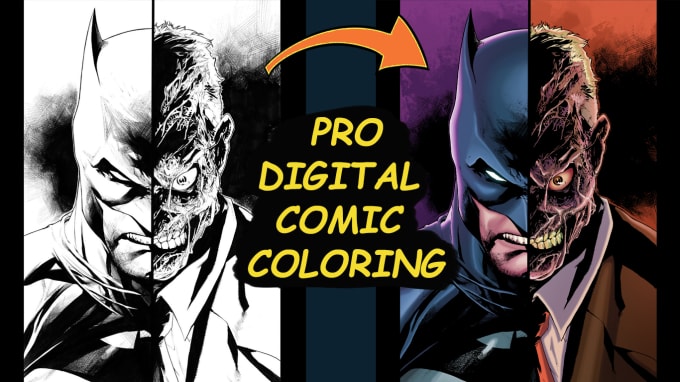
The Emergence of Sci-Fi Themes in Modern Comic Book Art
The emergence of science fiction themes in modern comic book art presents a fascinating evolution in the genre. It reflects societal fascination with technology, the future, and the unknown. This shift has significantly impacted art styles, introducing innovative digital techniques and challenging artists to visually depict complex, otherworldly concepts.
Renowned artists in this sphere have not only embraced these themes, but have also significantly contributed to their popularity and development.
Sci-Fi Themes Evolution
Tracing the evolution of Sci-Fi themes in comic book art, we find a dynamic transformation, reflecting the broader shifts in societal perceptions of science and technology. Alien encounters and technological advancements have become central to this genre.
The Silver Age (1956-1970) saw the incorporation of alien encounters, reflecting Cold War anxieties.
The Bronze Age (1970-1985) introduced more nuanced depictions of technology, mirroring society's increasing dependence on it.
The Modern Age (1985-present) has seen digital techniques revolutionize comic art, with detailed, realistic depictions of Sci-Fi themes.
Today, the advent of virtual reality and artificial intelligence in comic art portrays a future where humanity and technology become indistinguishable.
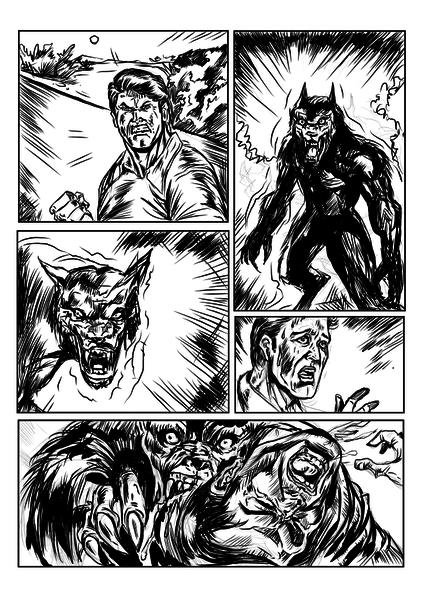
This evolution signals a fascinating journey, where art mirrors life's intricate dance with technology.
Influence on Art Styles
Examining the progression of modern comic book art reveals a pronounced influence of Sci-Fi themes, and concurrently, a significant impact on the evolution of artistic styles in this medium.
The infusion of Sci-Fi themes has expanded the artistic landscape, creating a dynamic platform where traditional and futuristic elements coalesce. This fusion drives the creation of unique digital techniques and innovative visual narratives, crucial for the genre's allure.
Artistic inspirations derived from Sci-Fi have led to a dramatic shift in aesthetics, marked by bold lines, intricate designs, and vivid color palettes. Cultural influences, particularly from tech-driven societies, play a pivotal role in this stylistic transformation, reinforcing the connection between the evolving art styles and the zeitgeist of the digital age in comic book artistry.
Popular Sci-Fi Artists
Amidst the surge in popularity of Sci-Fi themes in comic art, a cadre of artists has emerged, who, through their innovative and distinctive styles, have left an indelible mark on the genre. Their work, often characterized by the use of digital techniques, reflects a deep understanding of comic book art history, while pushing the boundaries of traditional narrative forms.
Fiona Staples: Revered for her complex alien ecosystems, Staples' work is both intricate and expansive.
Brian K. Vaughan: Known for his seamless integration of futuristic technologies, Vaughan's artistry is both compelling and thought-provoking.

Mike Mignola: His unique blend of gothic and sci-fi elements has set a new precedence in the genre.
Moebius: With his surreal, otherworldly landscapes, Moebius has truly redefined sci-fi comic art.
The Power of Social Issues in Digital Comic Art
In the realm of digital comic art, the power of social issues is often portrayed through the intricate interplay between visual imagery and narrative content. Social commentary is a key tool leveraged by artists to delve into complex societal debates, leading to an innovative, thought-provoking interpretation of reality.
Gender representation, for instance, is a recurring theme, used as a medium to challenge traditional norms and biases. With the advent of digital techniques, this platform has been further enhanced, capable of presenting nuanced narratives through powerful imagery.
The fusion of art and technology allows for a more profound exploration of social issues, making digital comic art an influential catalyst for societal change.
The Rise of Coming-of-Age Themes in Digital Comic Art
With the evolution of storytelling, coming-of-age themes have gained prominence in the sphere of digital comic art, echoing the multifaceted journey of adolescence through vibrant illustrations and compelling narratives.
Adolescent Symbolism: Youthful experiences are encapsulated in symbolic visuals, provoking both reminiscence and empathy.

Identity Exploration: Characters grapple with self-discovery, embodying the universal human struggle for identity.
Digital Techniques: Modern software allow artists to create nuanced, evocative visuals, enhancing the readers' emotional connection to the narrative.
Historical Context: This thematic surge can be traced back to the graphic novel revolution of the late 20th century, where personal narratives started to gain recognition.
This thematic shift resonates with contemporary sensibilities, engaging readers with poignant experiences and profound reflections on the universal rite of passage.
Frequently Asked Questions
Digital tool advancements have revolutionized comic art, eliminating traditional limitations and fostering innovation. The evolution of digital mediums has enhanced visual narratives, enabling artists to create more complex, vibrant, and immersive comic art experiences.
Are There Any Notable Artists Who Have Significantly Contributed to the Development of These Themes in Digital Comic Art?
Notable artists like Alex Ross and Greg Capullo have been instrumental in the evolution of digital artistry, harnessing the technological impact on artists to shape themes in the digital comic art sphere.
How Do Themes in Digital Comic Art Reflect Societal Changes Over the Years?
Digital comic art themes often mirror societal changes, showcasing representation evolution and societal reflections. They encapsulate shifts in societal values and norms, providing a unique historical lens to understand cultural progress and transformation over time.
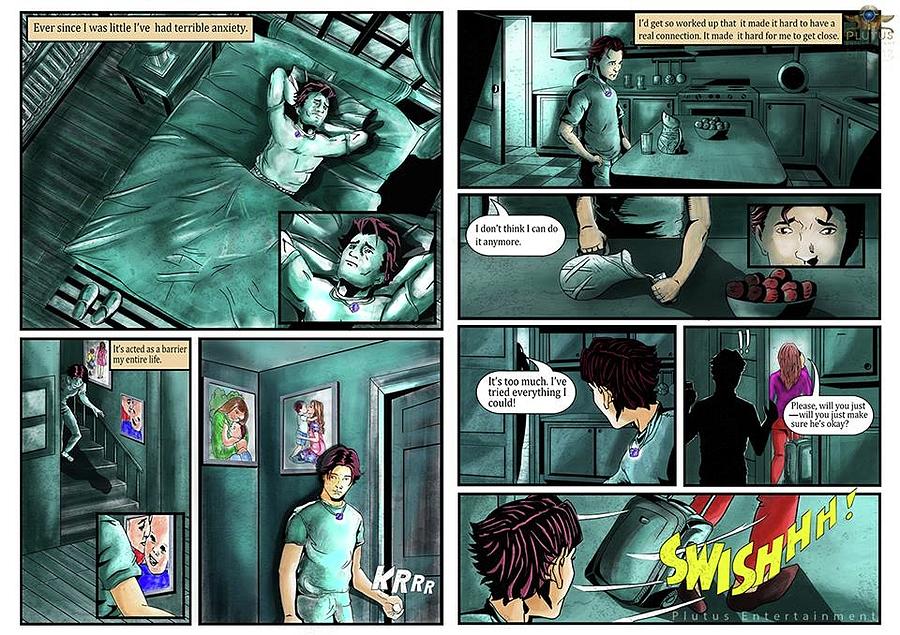
Are There Any Themes in Digital Comic Art That Are More Prevalent in Certain Regions or Cultures?
Yes, cultural influences on digital comic themes are evident. Regional variation in digital art aesthetics manifests as artists incorporate local folklore, historical events, and social norms into their work, reflecting their unique cultural contexts.
How Are These Themes Incorporated Into the Narrative Structure of Digital Comic Books?
Narrative symbolism and visual metaphors are vital tools in digital comic books, weaving themes seamlessly into the plot structure. They enhance storytelling, add depth, and provide cultural context, enriching the reader's interpretative experience.
 Digital Art InstructionDIY Infographics DesignMobile Game ArtworkPersonalized Logo Design3D AnimationeBook Covers DesignPrivacy PolicyTerms And Conditions
Digital Art InstructionDIY Infographics DesignMobile Game ArtworkPersonalized Logo Design3D AnimationeBook Covers DesignPrivacy PolicyTerms And Conditions
